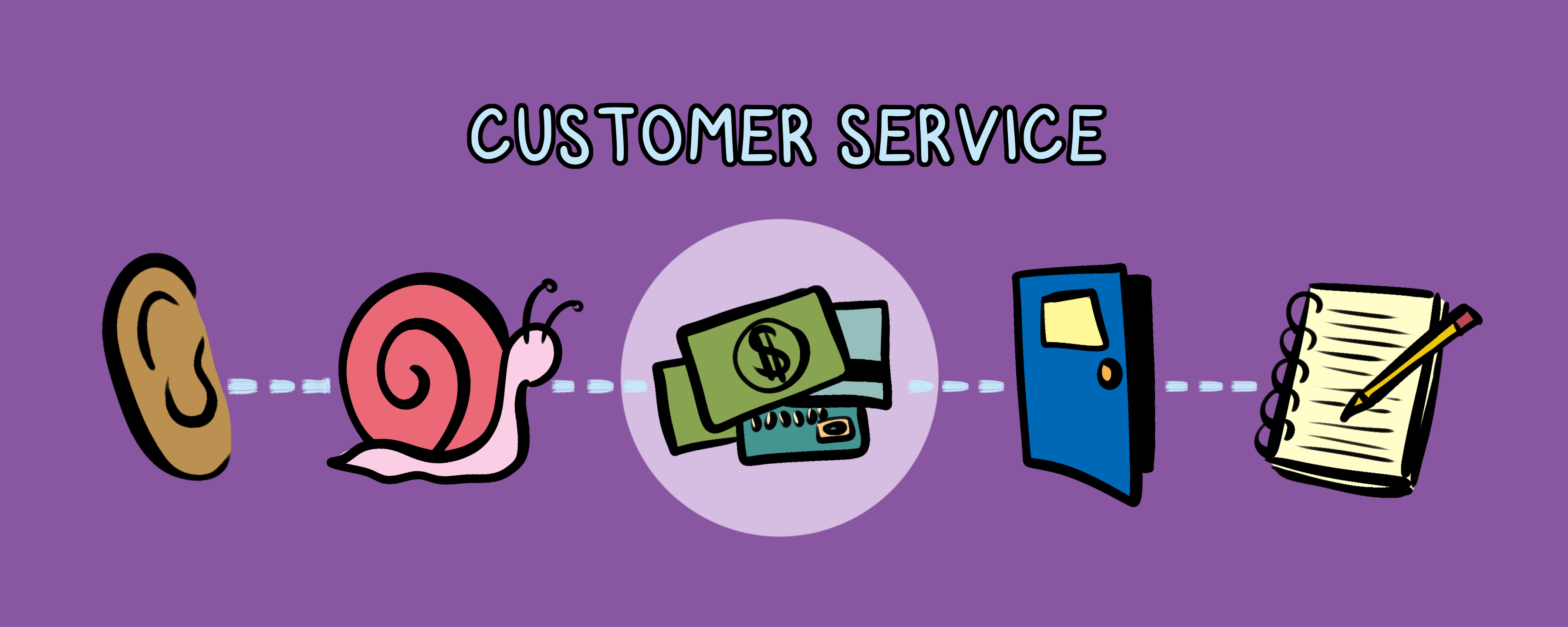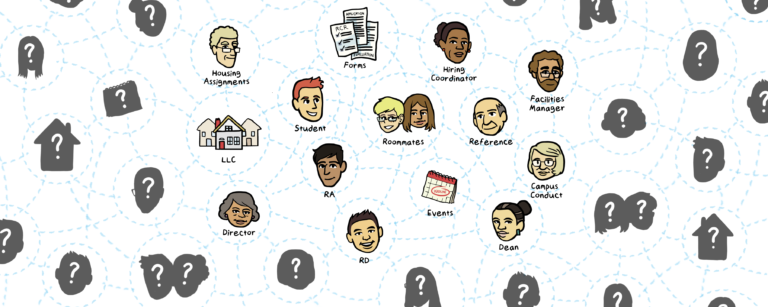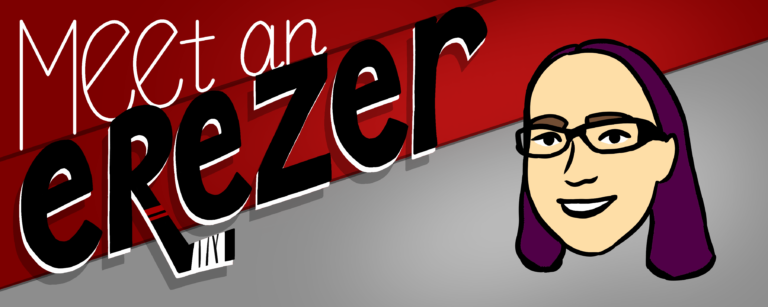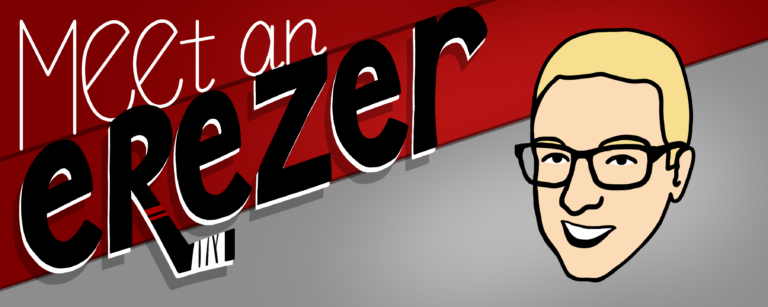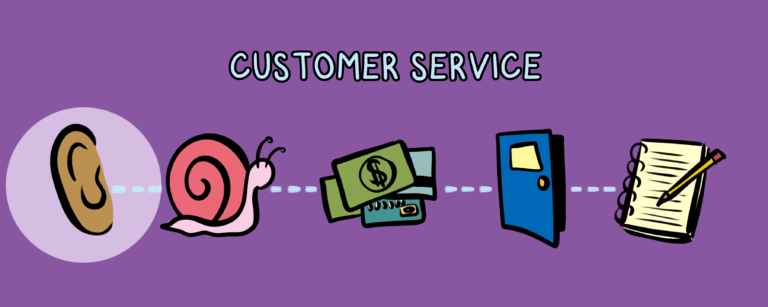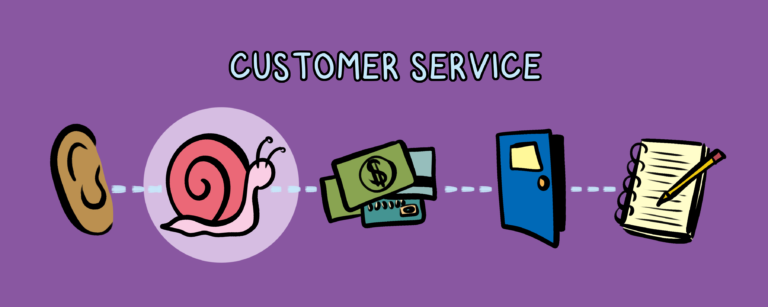It’s a trendy statement that is so obvious. Of course you do this. It seems so easy. You probably already change the way you approach a conversation with a student versus a parent versus a staff member. But what are you really doing? How do you figure out where someone “is at,” and how do you meet them there?
There’s a ton on the internet about this topic. In my opinion, much of it is fluff. However, this article by Robyn. L. Jackson resonated with me. Jackson talks about “currency [as] a medium of exchange,” highlighting that we need to use currencies that the other party values. Makes sense—no business in France is going to accept payment with my Canadian dollars. Why would our customer service be any different?
The article focuses on classroom learning, but the lessons seem transferrable to Residence Life, either in day-to-day conversations, conflict resolution, or training curriculums. To save you some time, here are some highlights from Jackson’s article:
- Understand the currency. It’s not enough to understand your customers’ currency; you also need to understand your own. What is valuable to you, and what’s valuable to your customer?
- Don’t be afraid. Many of us use “yes, but…” to get out of taking a chance or trying something new. Yes, I could change the name from “Snack Break” to “Wellness Break,” but the break will need to be longer. It’s still the same break– don’t overthink it, and don’t be afraid of the feedback. Take a chance, hear the feedback, and adjust accordingly. It’s the best way to learn.
- Find common ground. Tying back to point 1, you need to understand both currencies and ensure yours is not being lost in the picture. By not losing your own currency and working with the customers’, you’re showing people that different people can work together.
By meeting your customers where they’re at and utilizing currency, you’ll be able to add value to your interactions. And in a competitive environment, value achieved through exceptional customer service is priceless.
Thanks for being part of our community. We’re glad you’re here. Come back tomorrow for the next post in this series.
